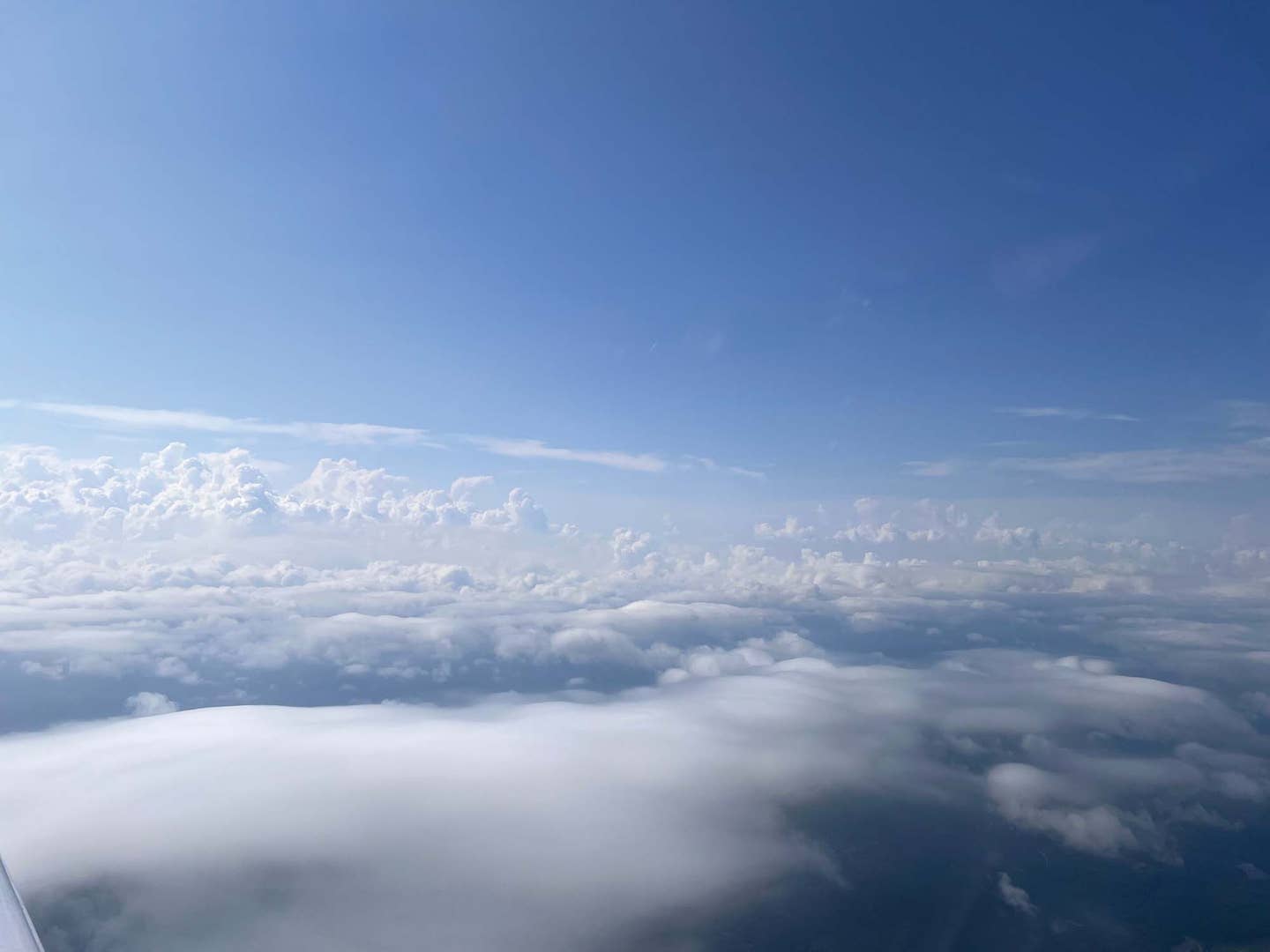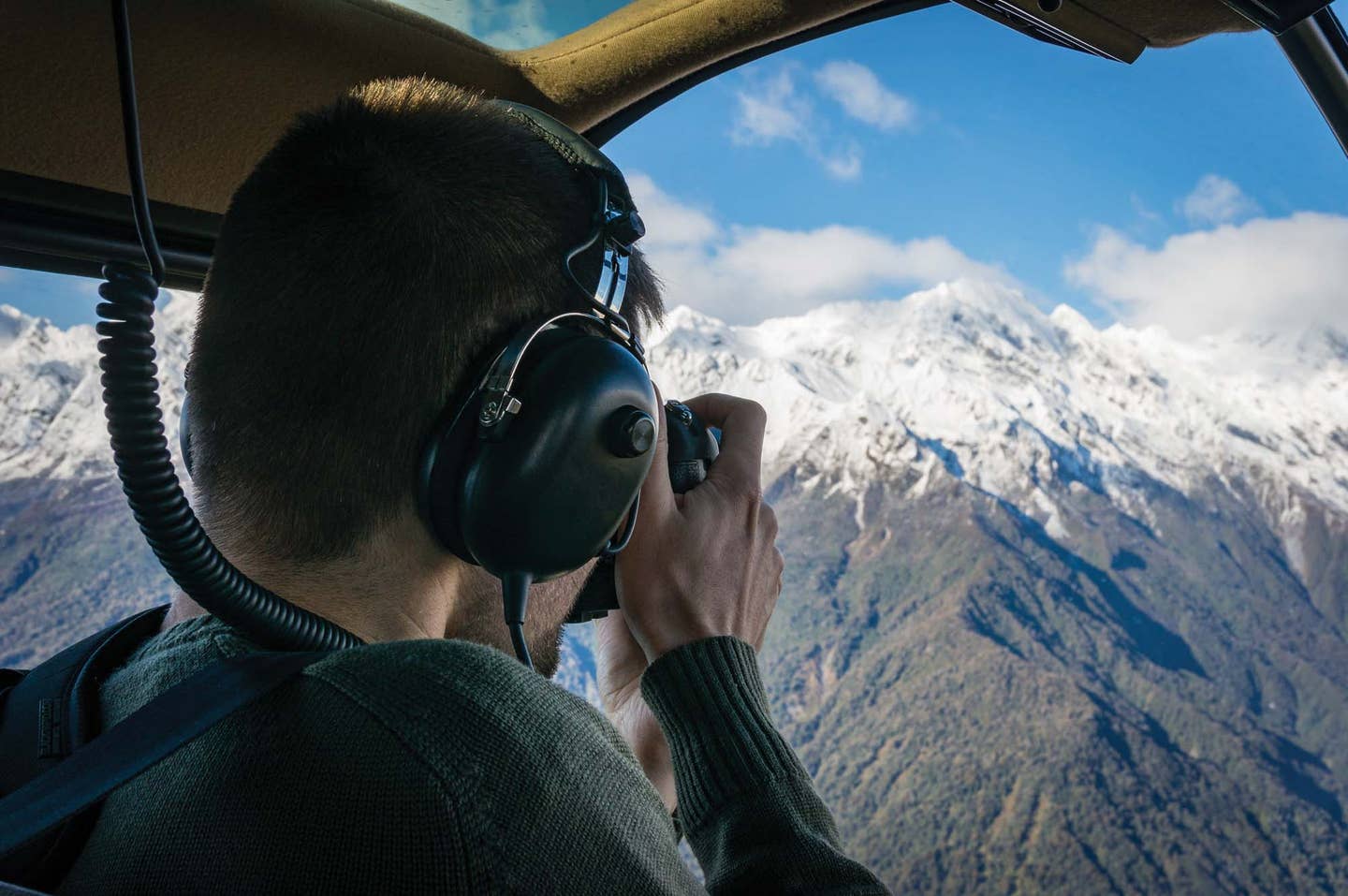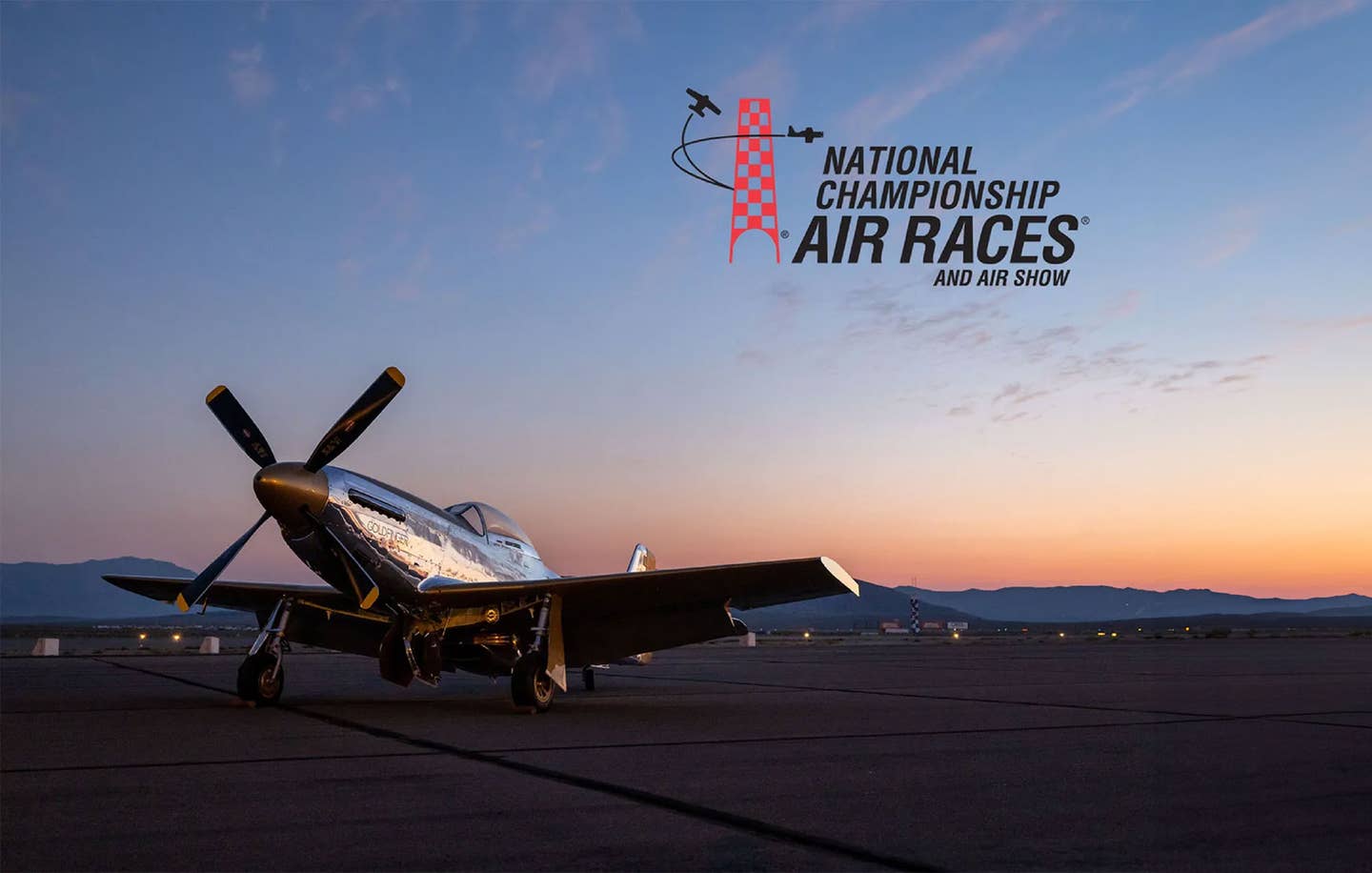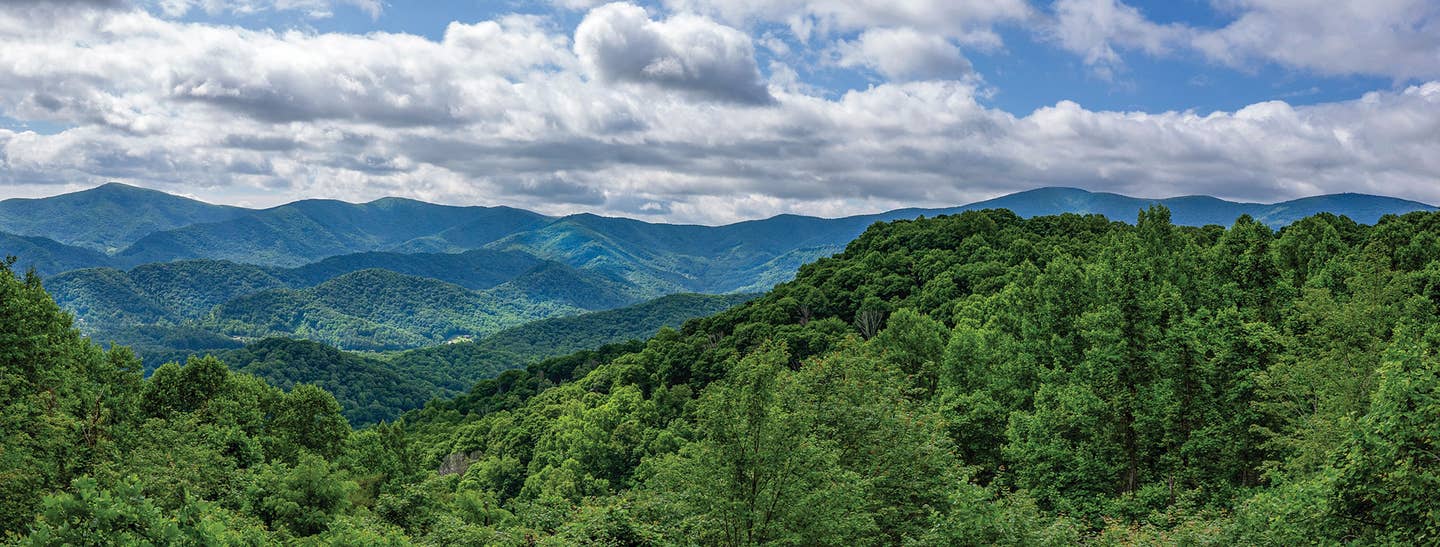LSA Lineup
With more than 1,400 aircraft registered in the States, the phenomenon keeps growing!
 What exactly is a light-sport aircraft (LSA)? To qualify as an LSA, an airplane must be a maximum two-place, single-engine, fixed-gear machine that weighs no more than 1,320 pounds (1,420 for watercraft). It must have a level, full-power speed of no more than 120 knots, a clean stall speed no faster than 45 knots and a fixed-pitch propeller. Many LSAs can be optioned-up for the private pilot and even for the instrument-rated pilot, though none are appropriate for heavy IMC. The current LSA altitude limit of 10,000 MSL isn't necessarily an aerodynamic limitation of many of these designs, so many can actually be flown quite a bit higher by a private pilot. What follows is a roundup of some major LSA manufacturers.
What exactly is a light-sport aircraft (LSA)? To qualify as an LSA, an airplane must be a maximum two-place, single-engine, fixed-gear machine that weighs no more than 1,320 pounds (1,420 for watercraft). It must have a level, full-power speed of no more than 120 knots, a clean stall speed no faster than 45 knots and a fixed-pitch propeller. Many LSAs can be optioned-up for the private pilot and even for the instrument-rated pilot, though none are appropriate for heavy IMC. The current LSA altitude limit of 10,000 MSL isn't necessarily an aerodynamic limitation of many of these designs, so many can actually be flown quite a bit higher by a private pilot. What follows is a roundup of some major LSA manufacturers.
Flight Design
www.flightdesign.com
Flight Design has delivered more LSA than any other company. Though the original CT is still being built and delivered, its new and improved big brother, the CTLS, now gets the most new orders. The cantilever-wing CTLS cruises near the 120-knot LSA maximum and has a range of nearly 1,000 miles. Slotted flaps bring minimum controllable airspeed down to the 40-knot range. With the high strength-to-weight ratio of structural carbon fiber, a fully equipped CTLS still has a useful load that's above 550 pounds, even with a standard BRS parachute system. Options include tundra tires, Garmin SL30 NAV/COM (with Dynon HS34 module), Garmin GTX 330 Mode S transponder and TruTrak autopilot. Rather than continuously changing prices, Flight Design has introduced a flexible surcharge that accounts for some of the frustrating dollar/euro fluctuations.
[Read Flight Design CT: Best Of The LSAs? from P&P January 2007.]
 American Legend
American Legend
www.legend.aero
American Legend has kept the J-3 Cub design alive, offering both LSA and kit versions of the quintessential light GA airplane with modern improvements and safety enhancements. Available with either the four-cylinder classic Continental O-200 or six-cylinder Jabiru 3300, 20 gallons of gasoline is good for 230 to 275 miles of low and slow fun. The modern LSA Legend Cubs all have electrical systems with electric starters, aluminum spars and modern brakes. Options include skis, vortex generators (they drop stall speed from 38 to 35 knots), floats, Garmin/Dynon glass, an artificial horizon, autopilot and an AmSafe air bag restraint system. This is a great "fun" airplane; its benign handling makes it a favorite for tailwheel training.
[Read The Flying Siegfrieds from Pilot Journal July/August 2008.]
 Evektor Aircraft
Evektor Aircraft
www.evektor-aircraft.com
LSA by Evektor Aircraft are used extensively in the training market, partly because they come with strong factory and distributor support for flight schools. This year, the new SportStar SL has numerous aerodynamic and functional improvements, including an "area-rule" fuselage and redesigned cowling. There's more carbon fiber in the roll bar, and the original proprietary Evektor brakes have been replaced by easy-to-service Matco units. A TruTrak autopilot is available and a Dynon EFIS adorns the panel. The 100 hp Rotax 912 ULS and three-blade, ground-adjustable Woodcomp prop pull the SL along at lower power settings, thanks to Evektor's aerodynamic improvements. Conventional spring gear and sheet-metal construction mean that mechanics are automatically familiar with the airframe.
[Read Evektor SportStar: Czech Mate from P&P May 2007.]
 Tecnam Aircraft
Tecnam Aircraft
www.tecnamaircraft.com
Tecnam provides a line of all-metal, Rotax 912S--powered "grown-up" airplanes that serve as trainers, commuters and even cross-country flyers. The newest, the P92 Eaglet, is a conventional side-by-side airplane that's reminiscent of a C-152, except it's wider, quieter, faster, carries more load and burns less gas. Added to the Echo, Sierra and Bravo line, the high-wing, strut-braced Eaglet has a standard six-pack panel, features predictable and stable handling and is aimed straight at the training market. Its all-metal construction, high wing and Wittman-style, spring-steel landing gear make it easy to repair. With its greater visibility, bigger rudder and larger ailerons, the Eaglet offers a quicker roll rate and more authority than its P92-series predecessors. Options on the Italian-built machine include strobes, NAV lights and several interior and panel upgrades, all the way to full, legal IFR. It's a trainer you can grow with.
CubCrafters
www.cubcrafters.com
CubCrafters has spiffed up its Sport Cub with standard front- and rear-seat AmSafe inertia-reel harnesses with air bags; an optional 72-inch Sensenich ground-adjustable, carbon-fiber prop for the Continental O-200A; and a batch of performance- and style-enhancing carbon-fiber parts, including cowling, spinner, floorboards and 30-some other pieces that lower the weight while subtly improving aerodynamics. The option list includes strobes, NAV lights, panel upgrades, a PS Engineering PM1200 intercom with XM capability, a modern 406 MHz ELT, leather seats, Alaska Bushwheel tundra tires and Baumann 1500 floats. How can you tell the Sport Cub from the Piper originals? The Sport Cub is lighter, stronger and wider by four inches in the cabin; the panel is four inches farther forward; the door is wider; and the wing tanks hold a total of 25 gallons. The Sport Cub has an electrical system and starter, aluminum spars, a "Super Cub" airfoil...and about a hundred other things to recommend it to potential buyers.
[Read CubCrafters Sport Cub from P&P April 2007.]
 Aircraft Manufacturing & Design (AMD)
Aircraft Manufacturing & Design (AMD)
www.newplane.com
AMD in Eastman, Ga., manufactures two very different Continental O-200--powered, all-metal LSA: the low-wing Zodiac 650 and the high-wing STOL CH 750. The Zodiac 650 and its close cousins comprise one of the largest fleets of kit-built airplanes in the world, and this factory-built LSA continues that tradition with few modifications from the kit machine. It can be configured to fulfill just about any training role, all the way through IFR-eligible. The STOL CH 750 has a roomy and readily customizable panel. Options include a variety of lights, avionics and equipment. Accessed through swing-up doors, the American-stitched interior is tasteful and comfy.
B Bar D Aviation
www.fantasyairusa.com
North Carolina's B Bar D Aviation brings us the Fantasy Air Allegro 2007 from the Czech Republic. With its strut-braced, metal high wing and its T-tail placed well above the composite fuselage, the Allegro 2007 stands out on the ramp. Seventeen gallons of car gas flow to either the 80 hp or 100 hp Rotax engine; range is 450 miles. The LSA comes well-equipped with a tail strobe, NAV lights, wheel pants and more. The Allegro features one of the highest useful payloads of any LSA.
[Read Allegro 2000: Light Sport & Fun! from P&P November 2006.]
FK Lightplanes
www.fk-lightplanesusa.com
FK Lightplanes features a great father/son team that's big on service after the sale, and their LSA training center in south Florida is a popular vacation spot. The airplane is reminiscent of the best-selling Kitfox, but much faster, more civilized and more comfortable. Wings are composite, which contribute to the FK 9's ability to virtually lift its own empty weight. The 100 hp Rotax enables the FK 9 Mark IV to climb 1,500 fpm solo (and about 1,000 fpm when it's fully loaded). The manual specifically allows the doors to be removed altogether for open-air flight, which is great for warm days.
Gobosh Aviation
www.gobosh.aero
Gobosh is a new name in the States; its low-wing pair of LSA, the metal 700S and composite 800XP, have shown that "beauty" doesn't mean "hardship." With sleek low-wing bodywork and mechanic-friendly features, such as no-tool-needed inspection doors on both machines, the look-alike machines hide their differences. The company has positioned itself as providing "luxury sport aircraft" with an eye to providing practical flight capabilities to anyone who flies two-seaters. The composite 800XP is 60 pounds lighter and carries 8.5 gallons more fuel (29 total) than the 700S, translating into greater range. The 41-inch-wide cabin and full-bubble canopy offer comfort and visibility.
[Read Good Gosh: It's A Gobosh from P&P January 2008.]
IndUS Aviation
www.indusav.com
IndUS has brought John Thorp's Thorpedo into LSA, aiming it as the trainer for the new class. Because Thorp's original design was intended to capture the military's contract for a primary trainer, he made it stable, predictable and economical---traits that the 85 hp, four-cylinder or 120 hp, six-cylinder modern planes, which are powered by Jabiru, retain. (A 100 hp WAM diesel version, displayed at April's Sun 'n Fun, may join the lineup soon.) In addition to the three engine options, IndUS has brought a lot of refinement to the Thorp design, resulting in a modern panel and comfortable operation, which includes open-canopy flight.
[See "Fast, Fun & Inexpensive: The Thorpedo" from P&P July 2007.]
Luscombe Silvaire Aircraft
www.luscombe-silvaire.com
Luscombe Silvaire Aircraft of Riverside, Calif., brings us another great 1940s design in an improved form, the only all-metal "classic" LSA. The model SLSA-8 features a Continental O-200A with starter and electrical system, and it's built in conformance to the CAR 4a certified standards in place when the original 8A was a brand-new design. Polished to blind but too pretty to ignore, the SLSA-8 comes equipped with NAV lights, an ELT and transponder, plus instrumentation beyond LSA requirements. Options include an IFR avionics package, special seats, right-side brakes and more.
RANS Aircraft
www.rans.com
RANS had a ready-made LSA available for the market, its primary category S-7C, but when Kansas-based designer Randy Schlitter decided to make his made-in-America, LSA-specific machine, the result was the S-19LS, first shown at Oshkosh in 2007. The all-metal, mid-wing S-19LS features a Rotax 912S and is plenty big: 43.5 inches wide and tall enough for six-foot, four-inch pilots. The 13-cubic-foot luggage area is one of the largest in the class, and functionality is enhanced with such high-quality components as an adjustable Sensenich carbon-fiber prop, Matco brakes and economical standard (or really sweet glass-panel) avionics options.
Remos Aircraft
www.remos.com
Remos has a winner in its G-3, a clean composite bird from Germany that was the delivery leader in April 2008. With a big 695-pound useful load and a fast climb speed, the 46.8-inch-wide cockpit seats only, as they say, happy and comfortable people. Visibility out the sides and especially forward is good, and the optional BRS parachute system is appreciated by otherwise-apprehensive passengers. The clean design yields a 17:1 glide ratio, which explains the company's claim that the G-3 consumes 3 gph at cruise and, consequently, has a 550 nm range.
[Read Remos G-3: Teutonic LSA from P&P February 2007.]
SkyLeader Aircraft
www.skyleaderusa.com
The SkyLeader 500 evolved from the innovative Kappa, but it improved and expanded on the design. Now featuring true side-by-side seating in a 47-inch-wide cabin, the 500 features such niceties as a two-year/200-hour warranty, adjustable seats, 17- or 25-gallon fuel capacity and LED lighting. The panel comes standard with a Garmin 296 (upgrade available), plus SL40 and intercom, 320 transponder and an ELT. Engine monitoring is accomplished by standard instruments, with a Dynon D120 option. Pushrod controls, electric trim and Fowler flaps make the 38 mph stall easy to handle, and a 66-pound luggage compartment offers plenty of capacity.
Space Coast Aviation Services
www.scaviationservices.com
Space Coast Aviation Services, out of Space Coast Airport in Titusville, Fla., brings us the MD3 Rider, an Italian LSA with a tube-shaped, sheet-metal fuselage and all-metal wings and empennage. The 100 hp Rotax 912 ULS draws 24 gallons from the wing tanks, dispensing with the need for an auxiliary fuel pump. Ingress is afforded through two forward-hinged doors. Two traditional floor-mounted sticks operate pushrods for ailerons and elevator; rudder controls are cable. The strut-braced, three-degree forward-swept wings afford good visibility, and the light construction allows a 612-pound useful load---that's 456 pounds with full fuel.
 Sport Aircraft Works
Sport Aircraft Works
www.sportaircraftworks.com
Sport Aircraft Works imports and distributes the Czech Aircraft Works (CZAW) SportCruiser, an all-metal,
mid-wing, Rotax-powered cruiser/trainer that the company claims has the widest cabin in the class. Built of all-American-sourced, certified-quality materials, the SportCruiser was the most prolific LSA delivered in the States over the first four months of 2008. Designed to be flyable, repairable and insurable, the aircraft features straightforward construction and common-sourced parts. In January, CZAW added to its line the fixed-gear version of the WT9, a sleek, long-distance cruiser, derived from the retractable-gear kitplane.
[Read CZAW Sport Cruiser: Top-Of-The-Line LSA from P&P October 2007.]
SportairUSA
www.sting.aero
The Sportair StingSport led the way, and the Sting S3 continues an evolved tradition, offering a faster climb and slower stall speed than any previous Sting. The efficiency comes from a redesigned wing that more perfectly addresses an LSA's missions and operating parameters. The cabin incorporates a full roll cage; other safety and performance items include the GRS (Galaxy) ballistic whole-plane parachute, AmSafe four-point inertia-reel harnesses with air bags, differential toe brakes and the GreenLine EMS (engine monitoring system). Options include more cockpit glass, a Dynon or Grand Rapids EFIS and a TruTrak autopilot.
[Read TL-Ultralight: Sting Sport TL-2000 from P&P December 2007.]
Sportsplanes
www.sportsplanes.com
The Breezer, Skylark and C42 all come from more than a dozen Sportsplanes Regional Centers, which have their headquarters in Draper, Utah. The all-metal, mid-wing Breezer is built in Germany and comes with either an 80 hp or a 100 hp Rotax 912. The low-wing Skylark (a rules-optimizer: it goes 135 mph on 75% power) is a clean-sheet, all-metal design, and the high-wing Ikarus C42E is the latest in the line of machines that was developed and won awards 10 years ago in Europe. With an aluminum, tube-shaped, composite-covered fuselage and framework and UV-stabilized covering on the wings, its economy is reflected in its 80 hp specification---it really doesn't need any more than that!
[Read Dova Skylark LSA from P&P March 2007.]
Toxo
www.toxo.aero
The Toxo was introduced to the States as a cobranded Mooney at Oshkosh 2003, but it went back to Spain for further development. In early April 2008, it was accepted as a true LSA and, today, stands proudly on its own. The original was much too fast; some of that speed has been transformed into better comfort, stabler handling and longer range, giving us a true LSA that better meets the needs of the market. Lovely as ever but sporting a new wing, nicer amenities and a more modern cockpit, this shapely composite low-wing was one of the surprise hits at this year's Sun 'n Fun.
T&T Aviation
www.tandtaviation.com
The Falcon LS, manufactured by T&T Aviation of Washington, Pa., is the only LSA available today with the 116 hp Lycoming O-235. Flight-testing is in progress; range with the Lycoming and two 170-pound pilots is estimated at 450 miles, with a 30-minute reserve. The Kevlar and carbon low-wing machine features a large 66-pound baggage area, a steerable nosewheel, electric flaps and pitch trim. The company expects certification to be completed in June and first deliveries to occur by Oshkosh 2008.
| Coming Soon | |
| Cirrus Design | |
 |
www.cirrusdesign.com Cirrus showed us the cool composite FK-14 at Oshkosh 2007, and has spent the time since adopting it to its LSA role. Slowing the too-fast European down to the LSA speed limit has resulted in a few convenience items, such as the exterior pilot and passenger steps, but Cirrus wants the true LSA to have its best handling within its speed range, so more extensive modifications are (under wraps but) on the way. The look of the new-generation, 912S-powered, better-handling machine, though, won't be spoiled. The Cirrus SRS (as it will henceforth be known) should be worth the wait. |
| Cessna Aircraft | |
 |
www.cessna.com
Cessna is likely to become the biggest LSA-maker, as soon as it ramps up production of its C-162 Skycatcher, unveiled at Oshkosh 2006 and refined for Oshkosh 2007. This O-200D-powered machine is destined to be "your first Cessna," in both the training and in the ownership sense. Conventional in overall design and construction, yet 100% modern and innovative (the patented "stick" controls mount under the panel like yokes, but feel like they're mounted on the floor, like sticks), the Skycatcher should grab the trainer market like the C-150 and 152 did decades ago. |
| Related Articles | |
| Guest Speaker: State Of The LSA Industry June 2008 |
|
| LSA Power May 2008 |
|
| 10 Things To Look For In An LSA February 2008 |
|

Subscribe to Our Newsletter
Get the latest Plane & Pilot Magazine stories delivered directly to your inbox






